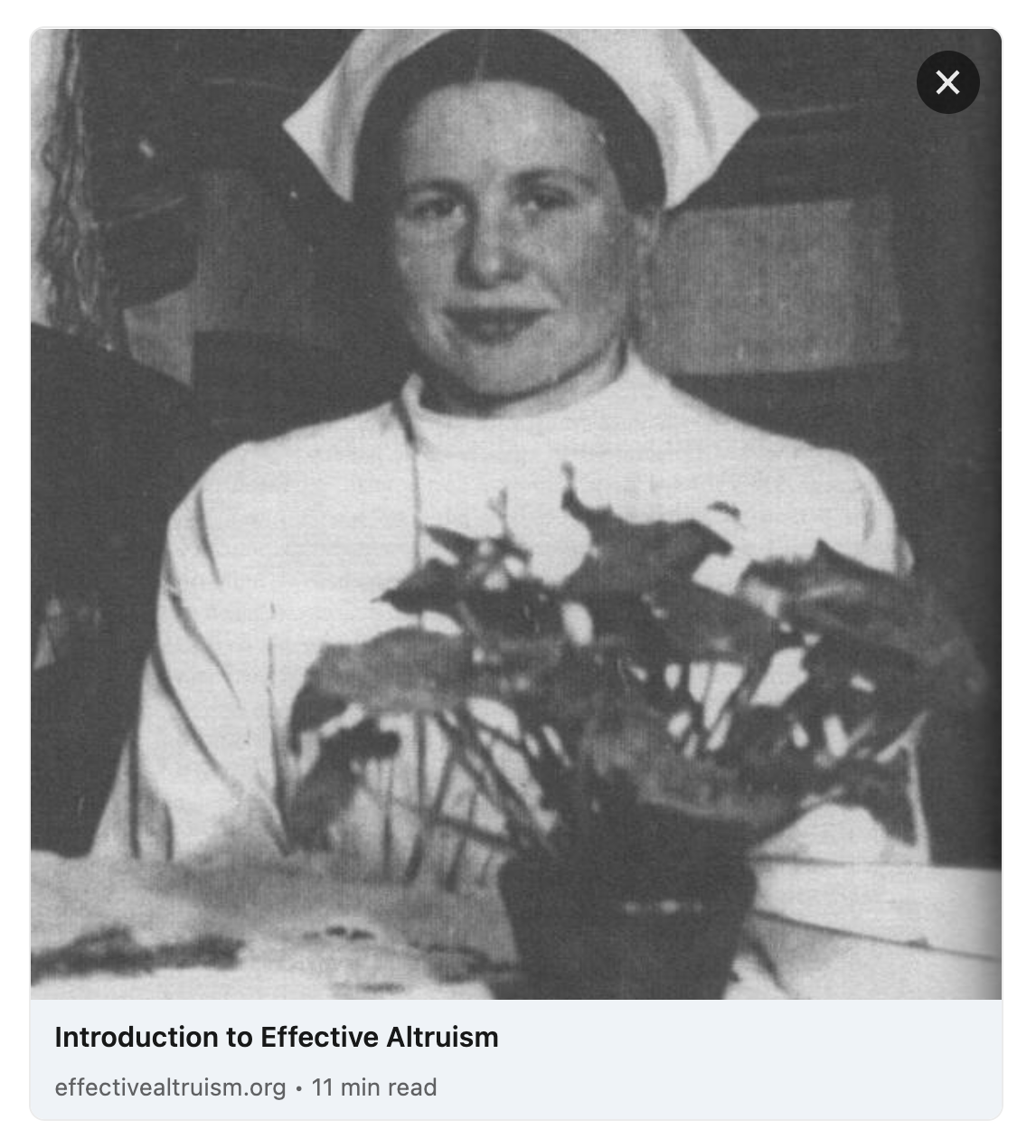Ratio of Installs to DAU: Hmm, that’s an interesting metric...the way I think about retention is like a layered cake, kind of like the baumkuchen I just ate for breakfast, but linear instead of round. Anyways, there’s time on the X axis and users on the Y axis. For any given day, there’s a sizeable layer of cream at the top which are the Day 0 users. And then right below that, a smaller layer of Day 1 users, etc. etc. Ultimately there are hundreds of layers of users from older daily cohorts. You can track each daily cohort through time and it’ll start big and then shrink rapidly, following the retention curves, until eventually it flatlines at some point (ideally above 0).
So you could look at overall installs to DAU, but that gives an advantage to new apps because they don’t have a lot of old installs from years-old cohorts that have left. Or you could compare daily installs to DAU, but that gives an advantage to old apps because they’ll have a lot of users from old cohorts.
A better metric could be DAU / MAU ratio, which measures like out of all of your active users, how many of them use the app every day. Here ~25% would be exceptional with an average of probably around 10%. But that’s also biased based on how many new users you’re bringing in each day.
By the way, the only peer group benchmarks that apple provides are Conversion Rate, Proceeds per Paying User, Crash Rate, Day 1/7/28 Retention. https://developer.apple.com/app-store/peer-group-benchmarks/ . But they might be announcing more in March thanks to the EU’s DMA. https://developer.apple.com/support/dma-and-apps-in-the-eu/#app-analytics
CPI: Yes, those numbers are from Facebook / Instagram / TikTok ads.
In terms of organic traffic, it’s also a measure of time. Say for example you’re bringing in 1000 organic users a day. After a year, that’s 365k users. After 5 years that’s 1.8M users. Of course, the app still has to remain good to continue getting organic downloads. Since the definition of good is always improving, the app would need to be consistently updated.
I’d say estimate around 2⁄3 of our lifetime installs are organic, but it really depends on the app. I speculate that Daylio might be closer to 100% organic while Breeze is probably closer to 0%.

I like the tree metaphor! I’ve always thought of it as a ladder of premises. You climb your way up the ladder, starting with the basics. Every step up the ladder, you lose some people. And if you start really high up the ladder, some people might get confused because they don’t understand the fundamental premises.
But I see how the branching metaphor can lead to the different viewpoints.
1. Life & quality of life matter.
2. They can be quantified.
3. More is better, e.g. 2 lives saved is 2x better than 1 life saved. (Effective)
4. You have the ability to do good by improving others lives & the quality of their lives. (Altruism)
Maybe here it branches...
A. Geography doesn’t matter, a life across the world matters the same amount as a life in your country → Global Health.
B. Humans aren’t special. Animal lives matter too. → Animal Welfare.
C. Time doesn’t matter, a life in the future matters the same amount as a life in the present. + There might be a lot of future humans + Reducing existential risk is the most effective way of addressing this → Longtermism